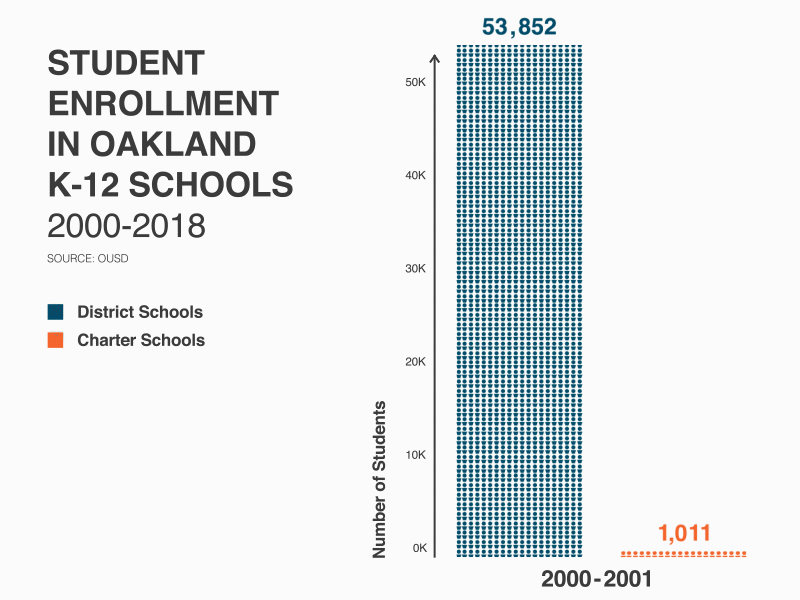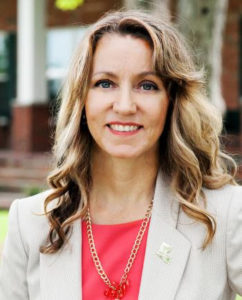The Real Scandal Over Buying an Education | Cloaking Inequity
THE REAL SCANDAL OVER BUYING AN EDUCATION
The recent college admissions scandal reaffirms that in the United States you
can buy better education—legally and illegally.
While financial resources and a better education share an obvious connection, for decades a small but powerful cadre of researchers has argued that money doesn’t matter for educational success. This trope has been music to the fiscal conservatives’ ears. The usual suspects pulled in to testify against funding increases for public education include Eric Hanushek from the conservative Hoover Institute at Stanford. Hanushek has
served as an expert witness in state school finance lawsuits, for example, arguing that money makes no difference in improving outcomes and opportunities.
But momentum is growing to change the conversation about school finance in American education. A recent report by the Center on Budget and Policy Priorities
found that protests by teachers and others last year helped lead to substantial increases in school funding, although that funding increases may be short lived, and are still well below 2008 spending levels. In Texas, which leads the nation in the post-recession school finance spending gap, general education funding is a full 20 percent below where it stood in 2008.
Predominantly white school districts receive $23 billion more than predominantly non-white districts—an average of $2,200 per student.
Research is catching up to what is not exactly a well-kept secret: the nicer house an American family can buy, the better public school that family will have access to. While conservative politicians and a group of influential researchers were claiming that money didn’t matter for educational success, in practice, states spent less on the education of poor and minority students
on purpose, while the wealthy enjoyed better-funded schools.
A
recent study by the nonprofit EdBuild found that predominantly white school districts receive $23 billion more than predominantly non-white districts—that’s an average of $2,200 per student. Wealthy districts have
even grabbed 20 percent of the Title I funds that were meant for low-income districts.
The implications of these cuts are lifelong for the students. A groundbreaking 2016 Northwestern
study on school spending and student outcomes found that low-income children whose schools received a 10 percent increase in per pupil spending each year for all twelve years of public school had a higher school completion rate, and that students earned 7 percent higher wages once they’d joined the workforce, and experienced a reduction in the incidence of adult poverty. They also determined that funding increases have a more pronounced positive impact for children from low-income families. The increased funding, according to the study, was associated with reduced student-to-teacher ratios, increased teacher salaries, and more extended academic semesters.
The education policy discourse in the Trump era has been focused on empowering school choice while remaining silent about the intentional inequality of financial resources that plagues low-income schools in the United States. Now, at least, the latest research reveals the inequality and the positive impacts of properly funding schools.
The wealthy have had too much influence and have stacked the deck against low-income districts, schools, and students. We must substantially change the political conversation about education policy away from school choice to resource inequality if we are to offer a quality education to every student in the United States.
This article appeared
here in The Progressive magazine. For all of my articles in the The Progressive, click
here.
Please Facebook Like, Tweet, etc below and/or reblog to share this discussion with others.
Check out and follow my YouTube channel
here.




















